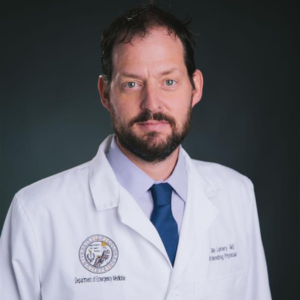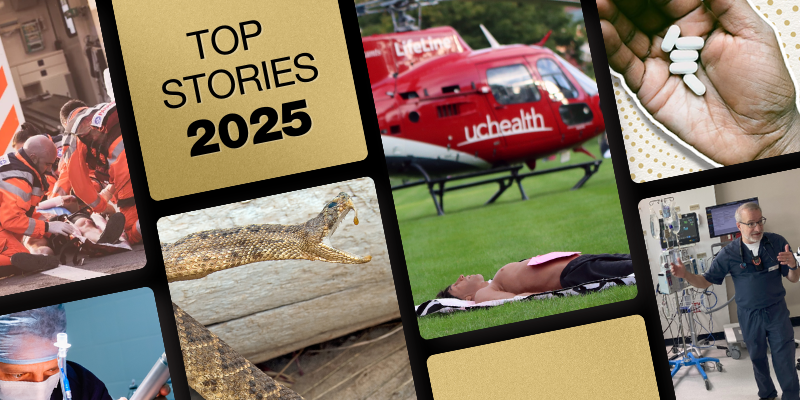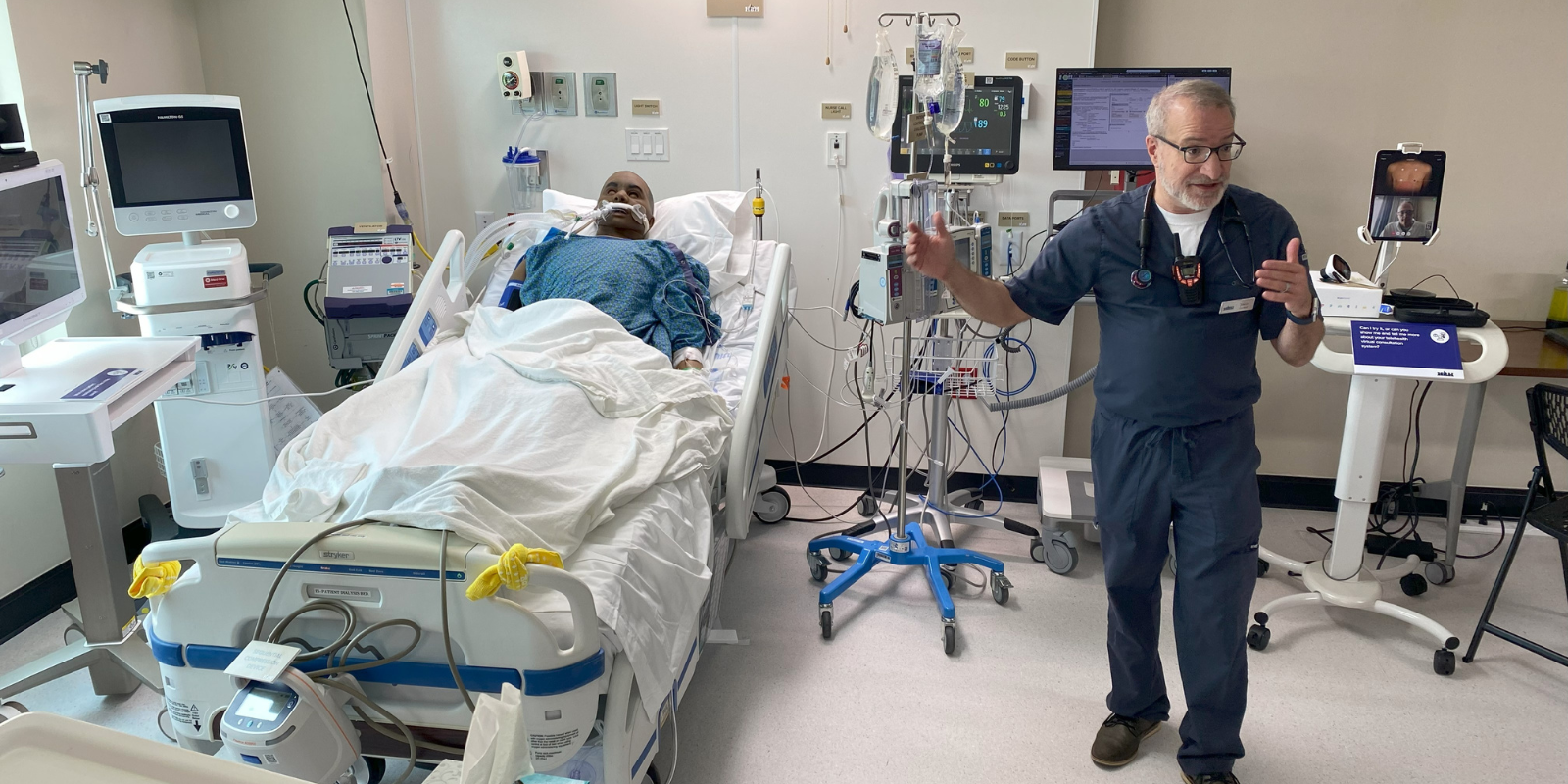The constant change in climate and increasing need for medical personnel on military battlefields across the globe opens opportunity for new research on medical care in extreme temperatures. Research collaborators working with the University of Colorado Center for Combat Medicine and Battlefield (COMBAT) Research are helping to improve the future of combat care with revolutionary research on arctic medicine.
Arctic medicine, also referred to as cold weather medicine, is a set of medical practices performed by physicians in extreme cold temperatures that often include heavy winds and winter weather conditions. Most significantly, prolonged exposure to these arctic environments creates a new set of concerns for those in combat.
Jay Lemery, MD, professor of emergency medicine and director of the Climate & Health Program in the CU School of Medicine, voices some of the most pressing questions that need to be considered as unknown challenges arise during combat in arctic temperatures.
“We are constantly asking how the military works and thrives in these environments and how we make sure we are caring for our servicemembers,” Lemery says. “That leads to the need for preparation when there are injuries. Hypothermia, exposure, and frostbite top of the list of concerns.”
The Center for COMBAT Research and the CU Department of Emergency Medicine are working together on several initiatives that could potentially influence future military guidelines on arctic medicine and translate to civilian care. From testing blood warming equipment to accessing frigid environments, teams at CU Anschutz are leading the charge.
“It's really a grand synergy,” Lemery says. “Our ability to create sophisticated, investigative questions and solutions is something that we're able to do with ease.”
Identifying gaps
There are few federal guidelines related to the materials and practices used in arctic medicine. Researchers aim to understand how cold temperatures exacerbate pathophysiology, identify best practices for resuscitation, and gain confidence with material performance. Through identifying gaps, researchers can inform future guidelines.
“We want to ensure our warfighters are medically prepared if conflict arises in areas of extreme cold,” says blood physiologist Todd Getz, PhD, visiting associate professor of emergency medicine and assistant director technology and innovation for the Center for COMBAT Research.
Medics need to follow practices for rewarming and resuscitating injured hypothermic casualties. Getz and his colleagues are examining if the function of available blood-warming equipment, or the blood itself, changes when introduced to an extremely cold environment.
“Our team is answering the question of whether or not blood warmers properly function in negative-degree weather. We’re also determining if any functional change occurs to the blood under these conditions,” Getz says.
Lemery, who collaborates with the Center for COMBAT Research, describes current gaps in arctic medicine as “a broader lack of operational experience on a grand scale,” but the Center for COMBAT Research team has a wide range of research, military experience, and connections that can help address the weak spots.
Action on arctic research
The CU Department of Emergency Medicine is in a unique position at the forefront of arctic medicine research and shares several critical partnerships that are moving arctic medicine research forward. The Wilderness and Environmental Medicine Fellowship facilitates training for physicians to assess austere medical risks. The department, previously partnered with the United States Antarctic Program, also currently works with NASA.
“In the Department of Emergency Medicine, we're trying to be forward thinkers and get out in front of any potential problems we may face in colder climates,” Getz says.
The 10th Mountain Division Huts Association is a nonprofit that manages a system of recreational backcountry huts in the Rocky Mountains between Aspen and Vail. The organization operates in a high-altitude and cold environment and allows collaborators from the Center for COMBAT Research and the department to use their huts and classrooms for arctic medicine research.
The department also works with the National Science Foundation on arctic medicine operations in their Ice Core Facility. The Ice Core Facility, located in Metro Denver, is one of the most valuable assets the team accesses. Operated by the U.S. Geological Survey, it is the federal repository of all ice core samples from areas like Greenland and Antarctica. Through the CU Cryosphere Austere Medicine Program, Lemery and his team collaborate with the facility to create a budding testbed in extreme cold space that's reliable, predictable, and accessible.
“What we're trying to do is a proof-of-concept laboratory, through which we can establish baseline benchmarks against which future innovations could be measured,” Lemery says.
The Center for COMBAT Research is one of the premier civilian-military interfaces for medical research and maintains constant partnerships with departmental, campus, and military partners to translate care on the battlefield and at home in the civilian settings.
“It's really a grand synergy,” Lemery says. “Our ability to create sophisticated, investigative questions and solutions is something that we're able to do with ease.”





